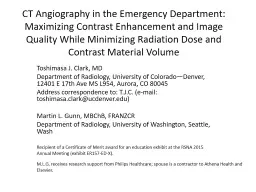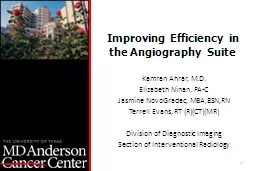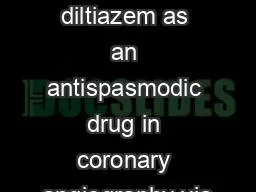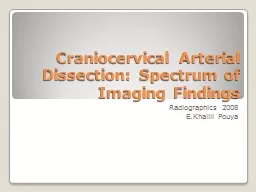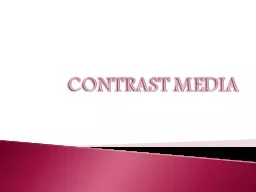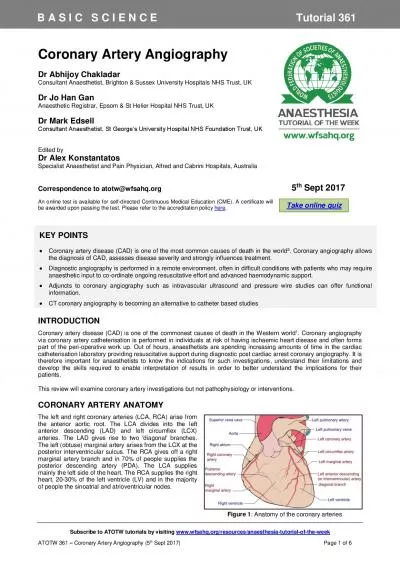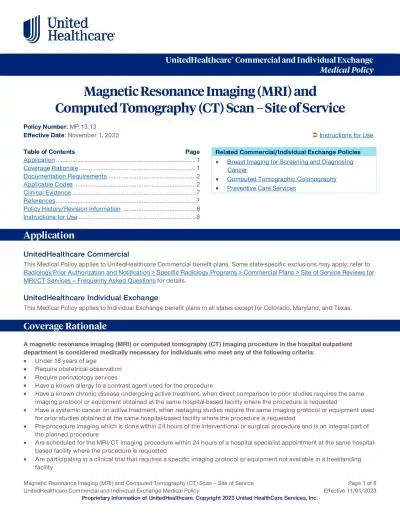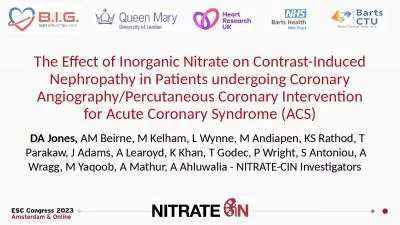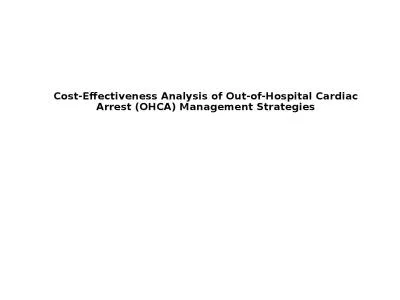PPT-CT Angiography in the Emergency Department: Maximizing Contrast Enhancement and Image
Author : isabella | Published Date : 2022-06-07
Toshimasa J Clark MD Department of Radiology University of ColoradoDenver 12401 E 17th Ave MS L954 Aurora CO 80045 Address correspondence to TJC email toshimasaclarkucdenveredu
Presentation Embed Code
Download Presentation
Download Presentation The PPT/PDF document "CT Angiography in the Emergency Departme..." is the property of its rightful owner. Permission is granted to download and print the materials on this website for personal, non-commercial use only, and to display it on your personal computer provided you do not modify the materials and that you retain all copyright notices contained in the materials. By downloading content from our website, you accept the terms of this agreement.
CT Angiography in the Emergency Department: Maximizing Contrast Enhancement and Image: Transcript
Download Rules Of Document
"CT Angiography in the Emergency Department: Maximizing Contrast Enhancement and Image"The content belongs to its owner. You may download and print it for personal use, without modification, and keep all copyright notices. By downloading, you agree to these terms.
Related Documents

